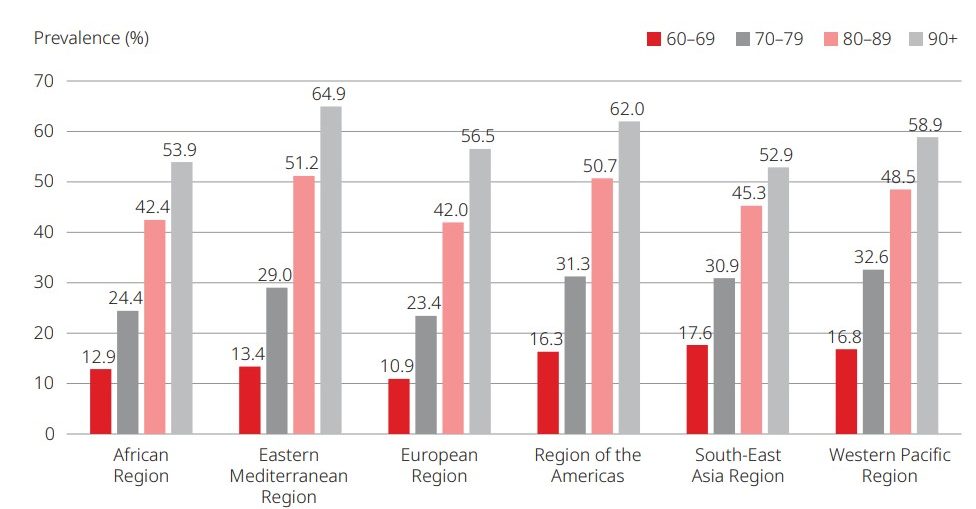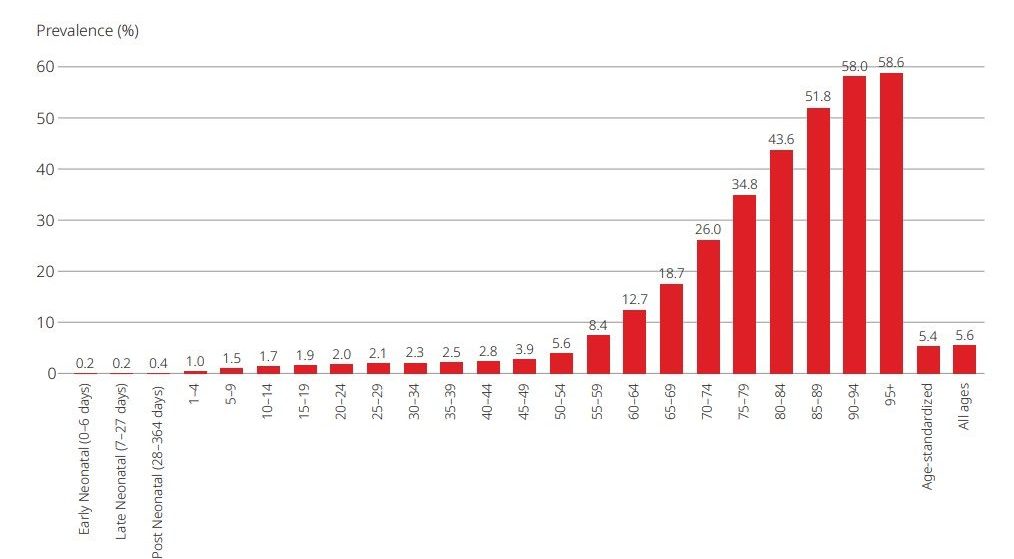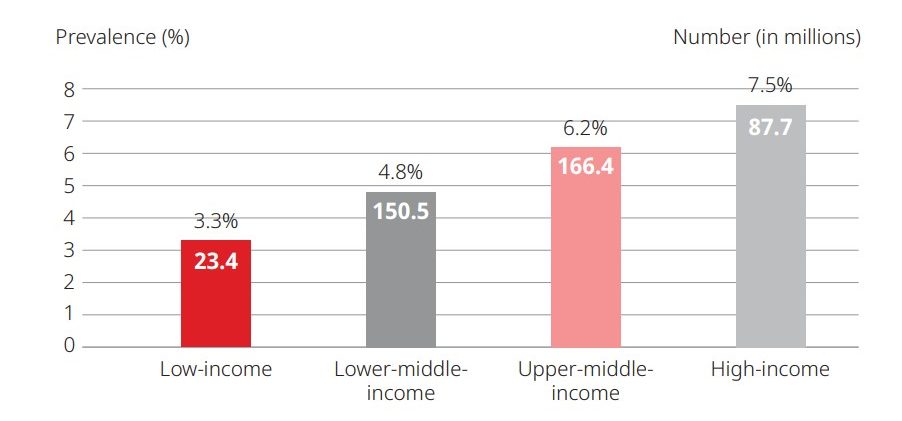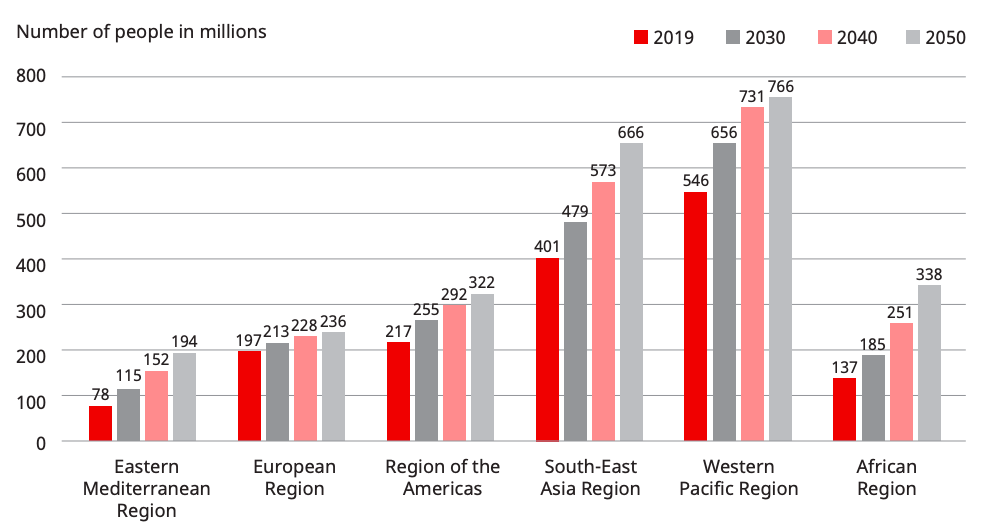

Hearing and other hearing-related problems are an important health problem all over the world. Since hearing and hearing-related difficulties are not visible, their effects are insidious and have devastating effects over the years, leaving the individual and society with irreversible health and social problems. Its primary effect is the problems experienced by the person in daily life by not being able to orientate to sounds and conversations. Secondary problems include the social problems it creates and problems related to business life, such as loss of performance and loss of workforce. This is especially vital in business lines based on verbal communication.
If we consider how important it is to express and present oneself in today’s society and to manage situations correctly in daily life, it will be easier to understand how vital hearing and communication are for a person.
This invisible problem is such an important public health problem that the World Health Organization (WHO) writes a detailed report about this issue and its effects every March. The report published this year and its details are as follows:
The rates of moderate and more severe hearing loss in regions and in older individuals around the world are explained as follows:
As can be seen, age stands out as an important factor. As we get older, hearing health comes to the fore to reduce additional problems.

The rates of hearing loss severity across the world population are explained as follows:
It is important that mild hearing loss has the highest rate and that screening and prevention services should be carried out within the scope of preventive health services.

We see the distribution of moderate and above hearing loss by age in the graph below:
As can be seen from the graph, hearing loss occurs from the neonatal period onwards, and with advancing age, almost one in every two people experience moderate and more severe hearing loss.

When we look at the frequency of hearing loss according to the income level of countries;

It is observed that the rate of hearing loss is higher in the high income group. It is thought that there will be several reasons for this. First; As industrialization increases, exposure to noise and associated hearing loss increases. The second situation is to reveal the hearing problem by accessing health services more easily. It is thought that hearing problems are postponed in low-income groups due to lack of access to healthcare and other vital problems. The most important lesson to learn here is to avoid noisy environments to protect yourself from noise-induced hearing loss, even if you have no hearing problems.
Looking at the projections made in the graph below until 2050, it is seen that 1.5 billion people will have to deal with hearing loss and related problems.

When we look at individuals who have hearing loss but do not use hearing aids;

As seen in the graph, 333.5 million people cannot access hearing aids even though they are required to use them. This shows that people are left behind in the name of social harmony and equality.
Finally, there is a graph showing the costs that will increase per person due to hearing loss (expressed by how many times it will increase):

As can be seen, hearing health creates many important effects that we may or may not think of. In order to avoid these problems, to continue our lives without disrupting our daily lives and stressing ourselves and our environment, we must pay attention to our hearing health and take the necessary care. When we have a problem with our ear or hearing, we should go to the nearest health institution, have an ear, nose and throat examination and complete our audiological tests. If there is a problem with hearing, even if there is no problem, we should not lose sight of the precaution by routinely having checks every 6 months.
References: WHO Hearing Report 03.March.2023